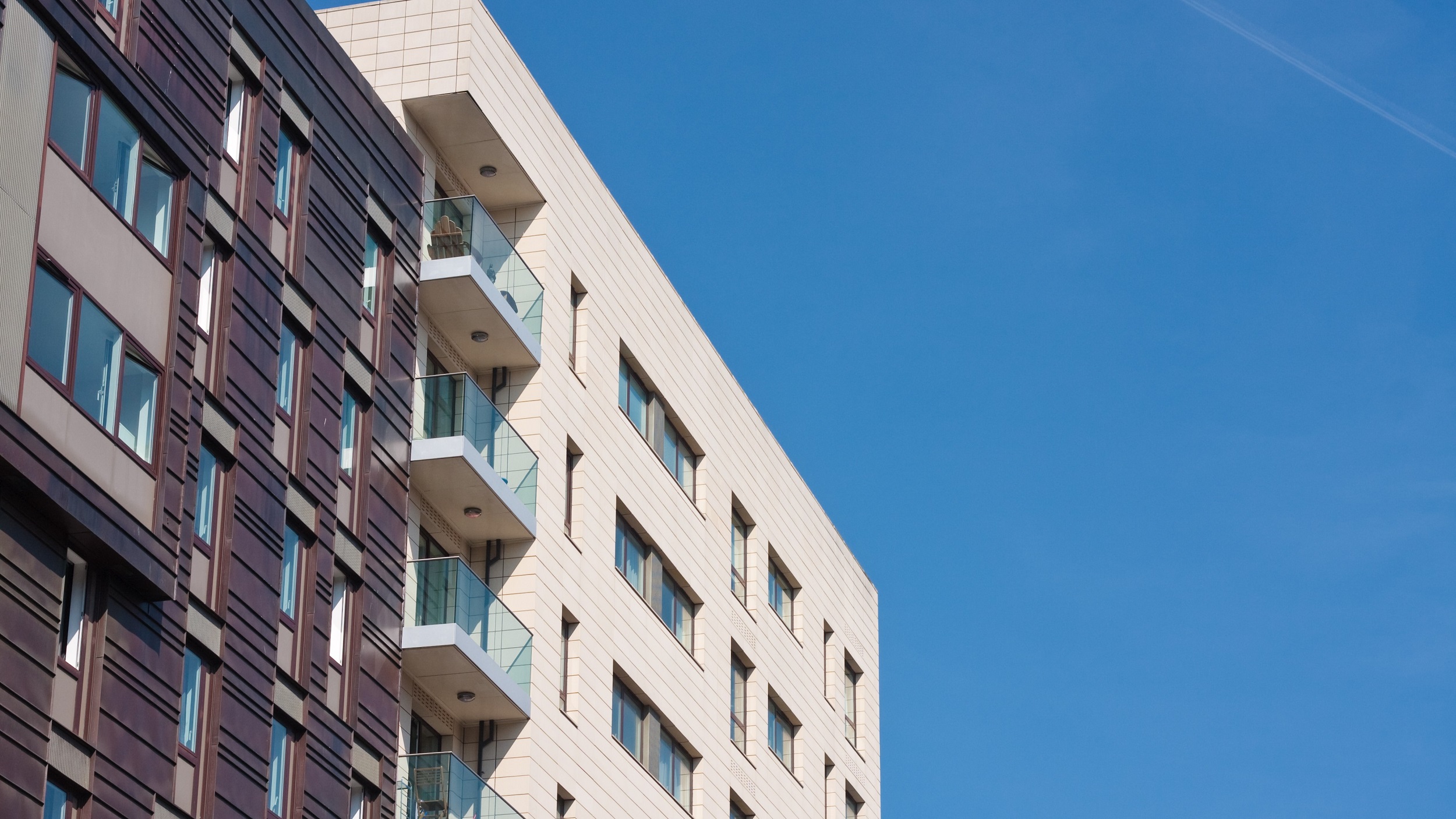
The Building Safety Act 2022 (BSA 2022) has fundamentally reshaped the responsibilities of building surveyors in the residential sector.
With the introduction of a 30-year liability period for historic defects, surveyors must now identify risks that may have long been overlooked and guide clients through a more complex landscape of compliance and remediation.
As the industry adjusts to this new regime, surveyors will play an increasingly critical role in ensuring that buildings are not only safe but legally sound for decades to come.
Extension of the limitation period
BSA 2022 has ushered in a shift in how liability for building defects is assessed – particularly in residential, high-risk buildings. One of its most significant reforms is the retrospective extension of the limitation period under the Defective Premises Act 1972 (DPA), allowing claims to be brought up to 30 years after completion for dwellings finished before 28 June 2022.
For building surveyors, this change is more than a legal technicality, it redefines the scope of professional responsibility when advising clients on legacy defects.
As the industry grapples with the implications of this extended liability window, surveyors must be equipped to identify historic risks, interpret evolving regulatory duties, and guide clients through a more complex landscape of compliance and remediation.
URS Corporation v BDW Trading
The full extent of the reach of BSA 2022 and the DPA is still being defined. However, recent case law suggests that the judiciary is keen to extend the reach and broaden liabilities wherever possible. Indeed, in the Supreme Court's decision in URS Corporation Ltd v BDW Trading Ltd [2025] UKSC 21, the Court confirmed – among other things – the retrospective application of the extended limitation periods introduced by BSA 2022.
The ruling dismissed URS's appeal and upheld the Court of Appeal's finding that the new 30-year limitation period applies not only to claims under the DPA but also to related negligence and contribution claims.
Crucially, the Supreme Court affirmed that these extended periods are 'to be treated as always having been in force,' unless a claim was settled or finally determined before BSA 2022 came into effect. This judgment significantly broadens the scope for developers and other parties to recover costs for historic defects, even where no third-party claim has been made.
Legacy defects as part of advisory duties
For building surveyors, the decision reinforces the need to consider legacy defects as part of their current advisory duties, particularly in relation to buildings completed decades ago that may now fall within the scope of actionable liability under the BSA.
Under the amended DPA, the limitation period for claims relating to defective residential premises has been extended from six to 30 years, with retrospective effect for buildings completed before BSA 2022 came into force. For buildings completed after 28 June 2022, the limitation period is 15 years.
These changes apply to defects that render a dwelling unfit for habitation, including those that pose a risk to the safety of people in or about the building arising from the spread of fire or structural failure. Importantly, the liability is strict – there is no requirement to prove negligence or fault.
Heightened awareness of legal exposure
This means surveyors must now approach defect identification with a heightened awareness of legal exposure, even in buildings where the original developer or contractor may no longer be in business.
BSA 2022 introduces for England a new category of 'higher-risk buildings,' defined as residential buildings more than 18m in height or with seven or more storeys, containing at least two residential units.
These buildings are subject to enhanced regulatory oversight, including mandatory registration with the Building Safety Regulator and compliance with the golden thread of building information.
Surveyors advising on such properties must be able to determine whether a building qualifies as high-risk and understand the implications of that designation for both owners and occupiers.
Need for more forensic approach
Surveyors are now expected to take a more forensic approach when inspecting buildings, particularly those constructed or refurbished in the past three decades. This includes reviewing historical documentation such as original plans, fire risk assessments and structural reports.
Where such records are incomplete or unavailable, surveyors must advise clients on the risks associated with undocumented works and the potential for future claims. The retrospective nature of BSA 2022 means that defects previously considered time-barred may now be actionable, requiring a reassessment of older buildings and portfolios.
PII implications
The extension of liability under BSA 2022 also has implications for professional indemnity insurance. Many surveyors operate under policies that exclude fire safety risks, which may limit their ability to comment definitively on certain defects. In such cases, surveyors should adopt a conservative approach, flagging concerns and recommending specialist input where appropriate.
Collaboration with legal teams is increasingly essential, particularly when advising on the scope of liability under the DPA or the potential application of building liability orders, which can extend liability to associated entities.
David Greenwood is a partner at Pinsent Masons
Contact David: Email
Kirsten Gilbert-Dempsey is an associate at Pinsent Masons
Contact Kirsten: Email
Related competencies include: Fire safety, Inspection, Legal/regulatory compliance

